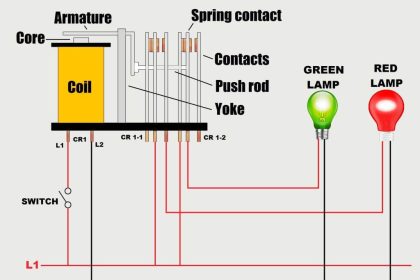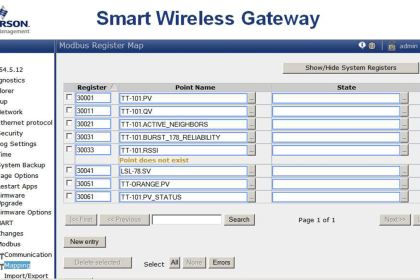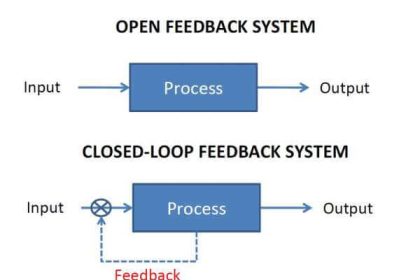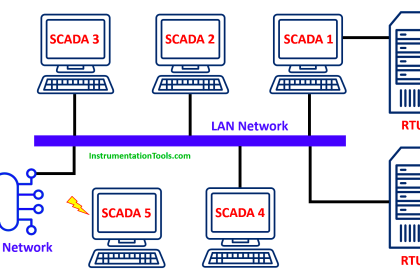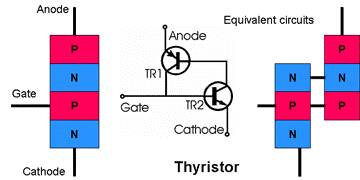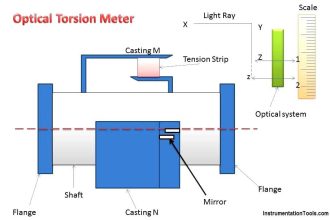Explain how the following annunciator circuit works:

Note the jumper options shown in the diagram: one set of jumper positions configures the alarm for a process switch that alarms when its contacts open, and the other positions configure the alarm for a process switch that alarms when its contacts close.
In either case, the circuit is designed to indicate an alarm status when the line going in to the lower-left NAND gate goes high.
Alarm Annunciator Circuit with Acknowledge
The first two (left-most) NAND gates form an active-low S-R latch circuit. That is, a “low” state on the upper input (from the acknowledge switch) sets the S-R latch so that the upper NAND gate outputs a high signal, and a “low” state on the lower input (process switch returning to a non-alarm condition) “resets” the S-R latch so that the lower NAND gate outputs a high signal.
Thus, the purpose of the S-R latch is to remember the “acknowledged” status of the alarm point. Actuating the “Ack” switch sets the latch and acknowledges the alarm.
Having the process switch return to a normal (non-alarm) status resets the latch and prepares the circuit for full alert (flashing light and pulsing buzzer) for the next alarm state.
Credits: Tony R. Kuphaldt
Read Next:
- What is Calibration?
- Instrument Zero and Span Calibration
- How to do Transmitter Calibration?
- Instruments Calibration Procedure
- Questions & Answers on Calibration
- Alarms and Interlocks
